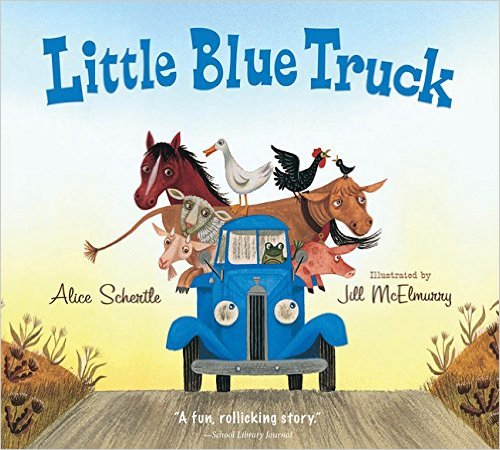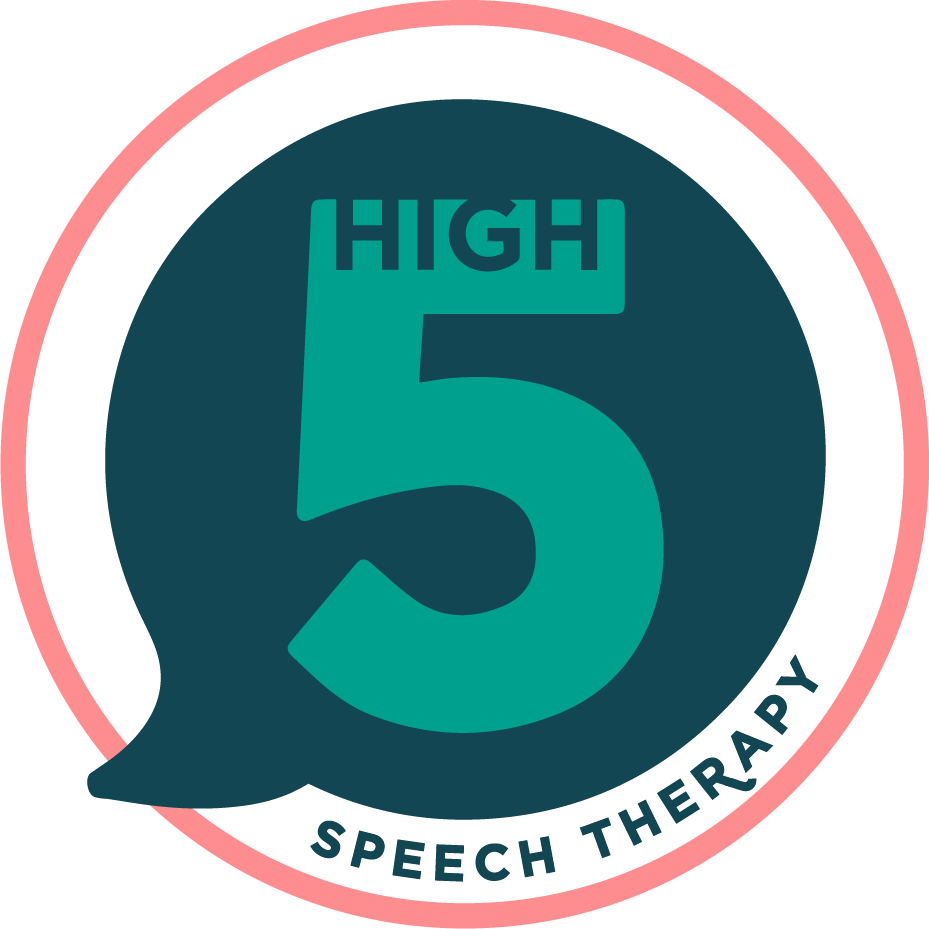Level 1 baby sign language class
LESSON 5: Toy + object SIGNS
signs taught in class: toy + object SIGNS
|
|
1. Play
2. Toys 3. Ball 4. Blanket 5. Doll 6. Pet 7. Swing 8. Plane 9. Bike 10. Boat 11. Car 12. Train 13. Truck 14. Play 15. Book 16. Puzzle 17. Piano 18. Bubbles 19. Balloon |
Signing songs from class
Row, Row, Row Your Boat
|
|
Lyrics:
(words we sign are capitalized) ROW, ROW, ROW your BOAT gently down the STREAM MERRILY, MERRILY, MERRILY LIFE is but a DREAM! |
I Love to Ride (#11 on the Level 1 CD)
|
|
Lyrics:
(words we sign are capitalized) 1. I love to ride on an AIRPLANE Way up in the SKY I love to ride on an AIRPLANE And watch the MOON go by 2. I love to ride in a BOAT Sailing around at NIGHT I love to ride in a BOAT And watch the flickering LIGHTS Chorus: I love to ride on an AIRPLANE x 2 Whoo! 3. I love to ride in a BUS Holding on to the BAR I love to ride in a BUS And watch the passing CARS Chorus: I love to ride in a BUS x 2 Whoo! 4. I love to ride in a TRAIN Along a MOUNTAIN high I love to ride in a TRAIN And watch the CLOUDS go by Chorus: I love to ride in a TRAIN x 2 Whoo! 5. I love to ride on my BIKE On a summer DAY I love to ride on my BIKE To see a fun BALL game Chorus: I love to ride on my BIKE x 2 I love to ride on an AIRPLANE x 2 Whoo! |
movement songs from CLASS
Wheels on the Bus
|
|
1. While spinning: The wheels on the bus go round and round, round and round, round and round. The wheels on the bus go round and round, all through the town.
2. While lifting + lowering: The people on the bus go up and down, up and down, up and down. The people on the bus go up and down, all through the town. 3. While leaning forward and back: The doors on the bus go open and shut, open and shut, open and shut. The doors on the bus go open and shut, all through the town. 4. While leaning left and right: The wipers on the bus go swish-swish-swish, swish-swish-swish, swish-swish-swish. The wipers on the bus go swish-swish-swish, all through the town. |
The Noble Duke of York
|
|
Lyrics:
The Noble Duke of York He had ten thousand men He marched them UP to the top of the hill And he marched them DOWN again When you’re UP, you’re UP When you’re DOWN, you’re DOWN When you’re only half way up You’re neither UP nor DOWN He leaned them to the LEFT He leaned them to the RIGHT And then he marched them ROUND and ROUND – Oh, what a silly sight! |
The Merry Go Round
|
|
Lyrics:
(Tune of All Around the Mulberry Bush) The merry go round goes round and round The children laugh and laugh and laugh So many were on the merry go round The merry go round collapsed! |
book read in class
|
Little Blue Truck by Alice Schertle and illustrated by Jill McElmurry
A modern day classic!! This is a great book for practicing the signs for TRUCK + lots of farm animal signs! And it has a great lesson. :) |
research shows that teaching your child sign language as a baby has great social-emotional benefits!
In addition to benefits for children’s language, parents who use signs with their hearing children before they can talk report lots of different benefits for themselves and their children. For example, parents report that their signing children have fewer tantrums and better social skills, and that both the children and parents are less frustrated [1]. Researchers have tested some of these claims by comparing families who use signs to families who don’t use signs. Parents who use signs with their children have less parenting-related stress, their interactions are more affectionate, and parents have an easier time responding to their children when children are upset [2,3].
There have been some experimental studies showing effects of a signing intervention on infants’ and toddlers’ social-emotional skills with their parents. A study by Brie Moore, using Acredolo and Goodwyn’s experimental signing and control groups, showed that infants and toddlers in the sign intervention group joined their parents in more joint attention, meaning that both parent and child are paying attention to the same thing and are aware that they are sharing this attention. This makes children active interaction partners from a young age [5].
A small experimental study by Claire Vallotton showed that children who were taught to use signs were more engaged in interactions with their mothers, initiating more contact with their mothers than children who had not been taught to use signs [3]. A non-experimental study of four children who were all taught to use signs showed that children used these signs instead of crying and whining when they needed something from their parents [6].
The results showing that signs promote positive social interactions and relationships with parents [2, 3, 5, 7], and that signs can be used by young children to help them regulate their behavior [4, 7] and communicate their needs [8], indicate the strong possibility that using signs with preverbal children will promote social skills, but this needs to be tested experimentally. To date, there are no studies that compare the social skills of signing children to those of their non-signing peers.
There have been some experimental studies showing effects of a signing intervention on infants’ and toddlers’ social-emotional skills with their parents. A study by Brie Moore, using Acredolo and Goodwyn’s experimental signing and control groups, showed that infants and toddlers in the sign intervention group joined their parents in more joint attention, meaning that both parent and child are paying attention to the same thing and are aware that they are sharing this attention. This makes children active interaction partners from a young age [5].
A small experimental study by Claire Vallotton showed that children who were taught to use signs were more engaged in interactions with their mothers, initiating more contact with their mothers than children who had not been taught to use signs [3]. A non-experimental study of four children who were all taught to use signs showed that children used these signs instead of crying and whining when they needed something from their parents [6].
The results showing that signs promote positive social interactions and relationships with parents [2, 3, 5, 7], and that signs can be used by young children to help them regulate their behavior [4, 7] and communicate their needs [8], indicate the strong possibility that using signs with preverbal children will promote social skills, but this needs to be tested experimentally. To date, there are no studies that compare the social skills of signing children to those of their non-signing peers.
- Acredolo, L. and S. Goodwyn, Baby Signs: How to Talk with Your Baby Before Your Baby Can Talk. 2002, Chicago: Contemporary Books.
- Gongora, X. and C. Farkas, Infant sign language program effects on synchronic mother-infant interactions. Infant Behavior & Development, 2009. 32: p. 216-225.
- Vallotton, C., Infant signs as Intervention? Promoting symbolic gestures for preverbal children in low-income families supports responsive parent-child relationships. Early Childhood Research Quarterly, in press. See study here.
- Vallotton, C., Infants take self-regulation into their own hands. Zero To Three, 2008. 29: p. 29-34. See story here.
- Moore, B., L. Acredolo, and S. Goodwyn. Symbolic gesturing and joint attention: Partners in facilitating verbal development, in Biennial Meeting of the Society for Research in Child Development. 2001. Minneapolis, MN.
- Thompson, R.H., et al., Enhancing early communication through infant sign training. Journal of Applied Behavior Analysis, 2007. 40: p. 15-23. See study here.
- Vallotton, C., Babies open our minds to their minds: How “listening” to infant signs complements and extends our knowledge of infants and their development. Infant Mental Health Journal, 2011. 32(1): p. 115-133. See study here.
- Vallotton, C., Signs of emotion: What can preverbal children “say” about internal states? Infant Mental Health Journal, 2008. 29: p. 234-258. See study here.
educational tip discussed in class
Note: I tend to rotate through the educational topic discussed in this class between the 2 below.
Toddlers Often Need 5-8 Seconds of Processing Time!
In our society of quick responses and constant talk, it often feels uncomfortable to allow more than 2-3 seconds to pass in a conversation before someone fills in the quiet space.
(more to come)
In our society of quick responses and constant talk, it often feels uncomfortable to allow more than 2-3 seconds to pass in a conversation before someone fills in the quiet space.
(more to come)
questions about toy + object signs signs
|
|
Sign for HELICOPTER
|
|
|
Sign for SAILBOAT
|
|
|
Sign for BLOCKS
|
|
|
Sign for MOTORCYCLE
|
|
|
Sign for WHEELS
|


